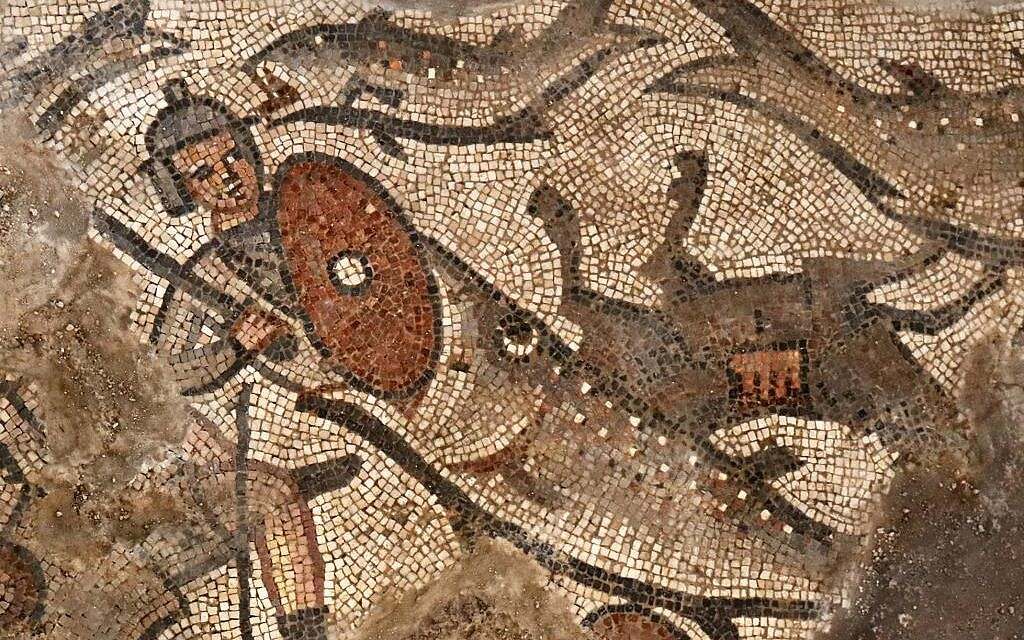The Origin of Mosaic and Continuous Development
March 16,2022
Is there something that was originally born for the exact opposite of what it is today? Perhaps many things have rolled over in the times, reversed black and white, and lost their luster. We once wanted to use it to present the pictures in our minds more clearly, but now we use it to blur the pictures we don't want to see. It is mosaic art.
Continued development of mosaic

Ancient cave-dwelling humans learned to lay marble to make the ground stronger, and the earliest decorative mosaics ever discovered were in Mesopotamia in the third millennium BC. At that time, the Sumerians used stones of different colors embedded in the walls of the temple, splicing simple patterns.
By the third century BC, the Greeks developed a relatively complete mosaic art. The subject matter only needs to be a fragment of a fairy tale, or a scene of hunting and other acquisitions of wealth and food. The most obvious feature is that most have a deliberately emphasized border, and the main pattern is placed in the center of a large geometric background. Later, the Romans inherited and continued to improve the craftsmanship of the Greeks, and this art was also widely spread in the Mediterranean region.
In the fourth century AD, with the new churches of Christianity, mosaic art was also used by missionaries, and the content of the paintings became religious stories, which were used to convey messages to the illiterate masses. Soon after, a small town unknown today stood at the heart of history: Ravenna.
Rome, the central city of the Roman Empire, is naturally a household name. After Emperor Diocletian divided the empire in two in 286 AD, Constantinople (now Istanbul), the capital of Eastern Rome, also became famous. And where was the center of the Western Roman Empire?
Rome has always played an important role as the de facto capital, and the administrative center of this period was actually in Milan and today's protagonist, Ravenna. Milan played a more military role, and Ravenna briefly became the political center of the Western Roman Empire.
Mosaic is applied most vividly in this city. You can see it in all kinds of buildings.
With the continuous development of the art of mosaic, it has gradually appeared in our homes, such as mosaic tiles, mosaic cups, mosaic murals and so on.
Wide application of mosaic --- mosaic tiles
Mosaic, one of the oldest known decorative arts, is a pattern created using small tiles or pottery pieces. In modern times, mosaic is more of a kind of ceramic tile. It is a kind of brick with a special way of existence. Generally, it consists of dozens of small bricks to form a relatively large brick. It is widely used in indoor small area floors, walls and outdoor large and small walls and floors due to its small size and colorful features. Because of the small size of the mosaic, some puzzles can be made to produce a gradient effect.
In most people's homes, mosaic stick on kitchen tiles or travertine mosaic border tiles are often seen because it is widely accepted by the public. If you want to order kayan river pebble stone mosaic, hope we will be your best choice.